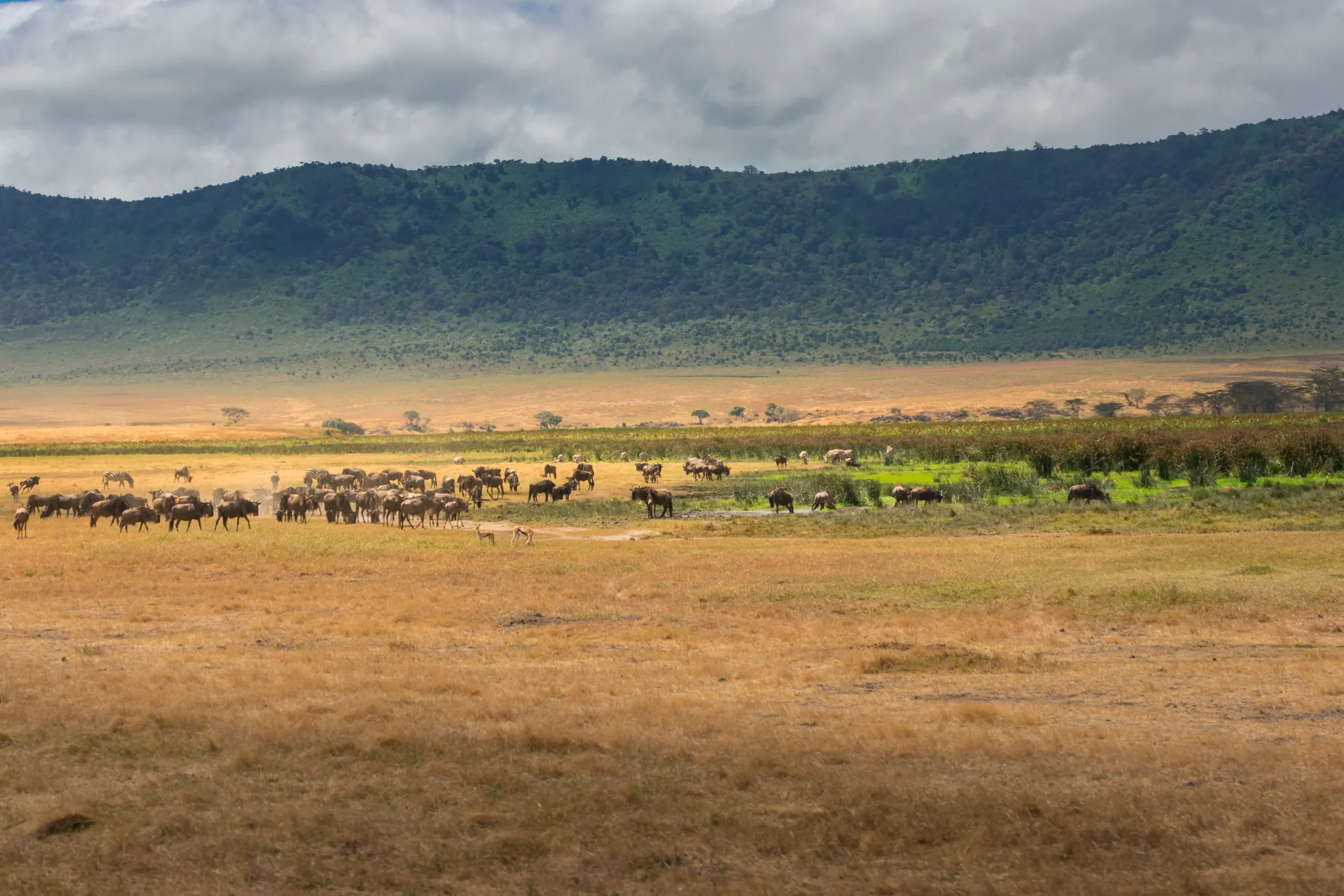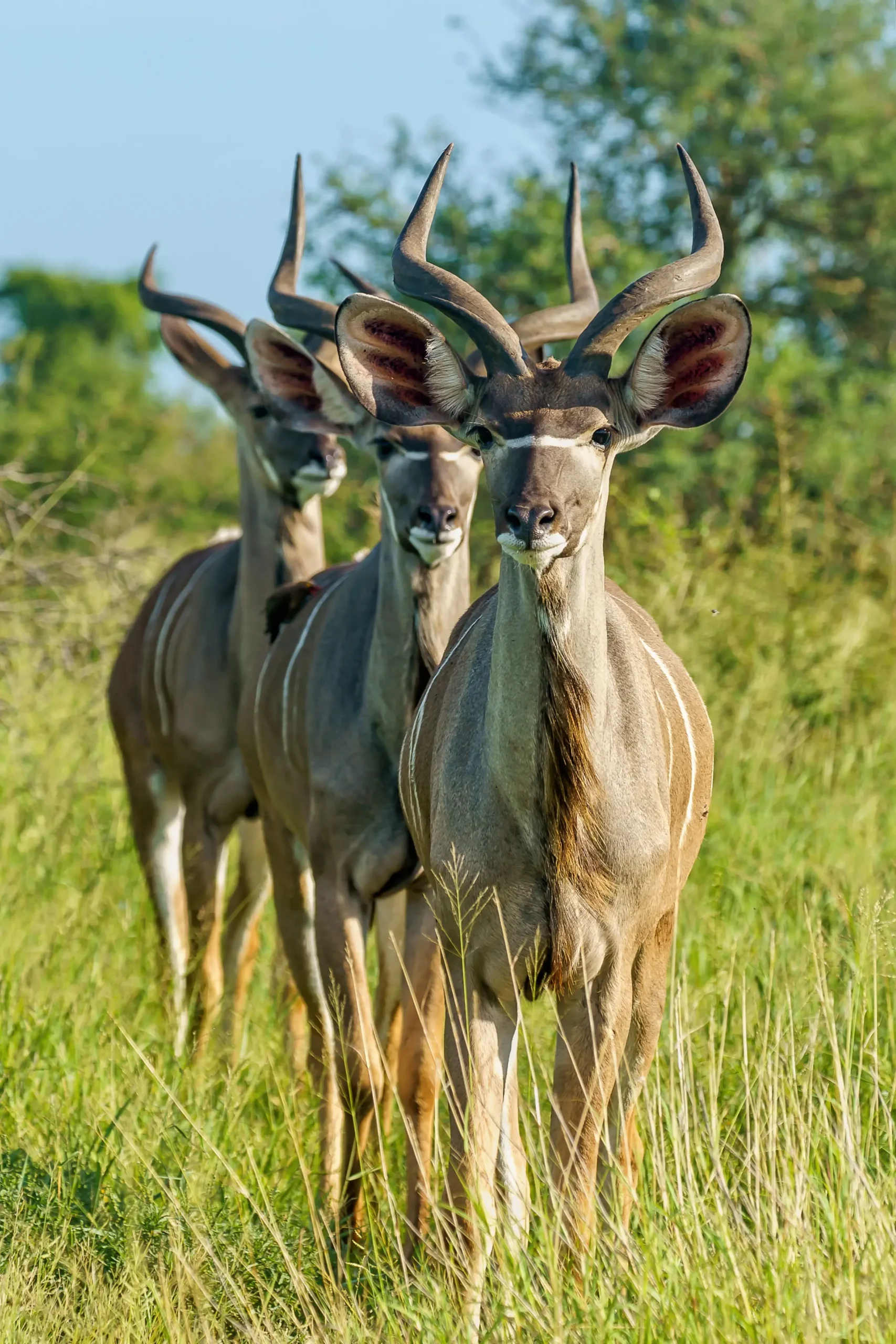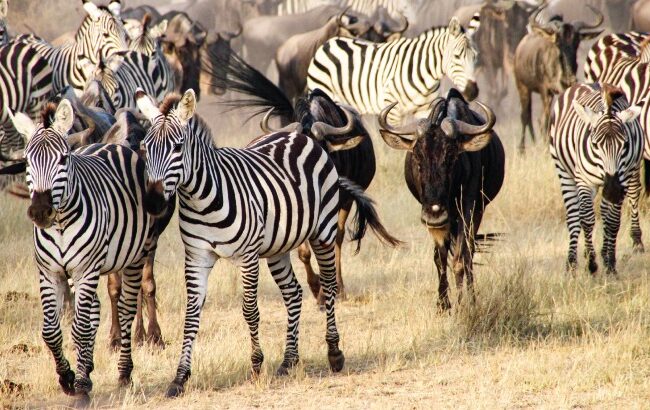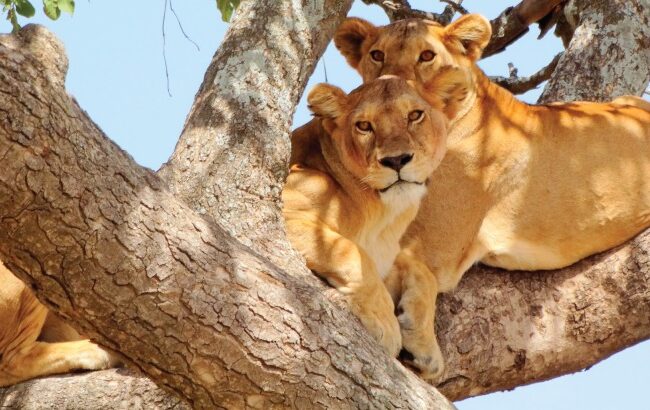Our Destinations
info@moriasafari.com
Selous Game Reserve
- Home
- Selous Game Reserve
Selous Game Reserve – Africa’s Untamed Wilderness
Once Africa’s largest game reserve, now part of the renowned Nyerere National Park, Selous remains a wild and untouched Eden. Spanning over 50,000 square kilometers, this UNESCO World Heritage Site is a haven for those seeking raw safari experiences away from the crowds.
What Makes Selous Special?
Unlike the more touristic parks, Selous offers true remoteness, vast landscapes, and a diverse ecosystem that supports some of Africa’s most iconic wildlife.
Highlights include:
- Large populations of elephants, hippos, and crocodiles
- The rare and endangered African wild dogs
- Scenic Rufiji River offering water-based safaris
- Uninterrupted views of wildlife in a natural, less crowded setting
Safari on Water
One of the unique features of Selous is the chance to experience a boat safari. Glide along the Rufiji River, where hippos grunt from the banks, crocodiles sunbathe lazily, and elephants often come down to drink.
Game Drives, Walking Safaris & Real Adventure
From classic 4×4 game drives to guided walking safaris, Selous offers a variety of ways to explore. The open terrain allows for intimate encounters with wildlife, and you’ll often feel like you have the entire park to yourself.
Explore Selous with Moria Safari
At Moria Safari, we offer tailored expeditions into Selous that are designed for true adventurers and nature lovers. Whether you’re staying in a riverside camp or a luxury lodge, we ensure your journey is both immersive and safe — an authentic African safari, just as nature intended.
Our Destination Highlight
Recommended Package
Starting From:
$2,202TAXES INCL/PERS
Starting From:
$2,000TAXES INCL/PERS
Starting From:
$2,200TAXES INCL/PERS
Starting From:
$650TAXES INCL/PERS
Starting From:
$1,100TAXES INCL/PERS
Starting From:
$850TAXES INCL/PERS
Starting From:
$1,450TAXES INCL/PERS
Starting From:
$1,000TAXES INCL/PERS
Starting From:
$1,200TAXES INCL/PERS

















